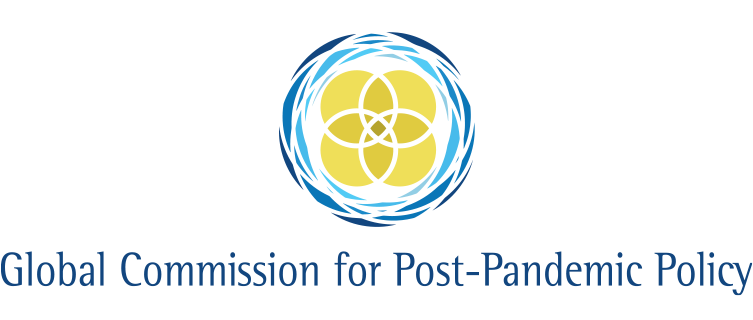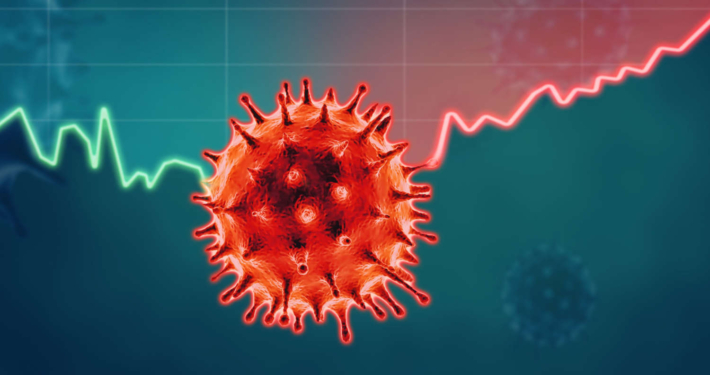Lessons Learned: Speed
Policy Monitor, April 26th 2021
By Luke Lythgoe, GCPPP staff
The most common thread during the COVID-19 pandemic has been the value of speed, in both decision-making and implementation. Quick and decisive action has reaped big rewards, such as developing and producing vaccines or being able to declare one’s country virus-free. Conversely, many of the highest national death tolls and longest lockdowns have resulted from governments acting too slowly, at critical points when cases were rising rapidly. It is hard to find examples when acting quickly, even in the fog of uncertainty, has proven to be a damaging mistake.
This Policy Monitor, the first in a series on Lessons Learned, looks at ways during the pandemic response when time and speed have played a vital role.
The initial outbreak
Slow: China
A chronology of the emergence of SARS-CoV-2 shows significant delays between Chinese officials learning that an outbreak had occurred and sharing that information, with the World Health Organization (WHO) and the wider world. In many instances, the Chinese state attempted to suppress the news, warning hospitals not to disclose news and information.
Consequences: “Minimal information” from China left WHO officials complaining, privately, that it was “not enough for [them] to do proper planning”. When the first case outside China was found in Bangkok airport, Thai scientists did not at that point have the sequencing data to confirm whether the suspected case was the same pathogen, despite a Chinese state lab having sequenced the virus a week beforehand. According to the WHO’s Independent Panel on Pandemic Preparedness, the Chinese authorities failed to act in accordance with a strong “precautionary principle” concerning the possibility that human-to-human transmission was occurring. Instead, the authorities played down the risk of the virus spreading in the hope that it wasn’t.
A WHO investigation is ongoing into COVID’s initial outbreak, including on how to stop countries withholding information in future, and into the WHO itself.
Slow: The WHO
The WHO has been criticised in turn for its slowness in declaring a public health emergency, in a report by the same Independent Panel established by the UN Secretary General to investigate responses during the early stages of the pandemic. The panel said it was “not clear” why it took until the third week of January for the WHO to convene its Emergency Committee, and then why it was not decided at that point to declare a “Public Health Emergency of International Concern” (PHEIC). That declaration was eventually made a week later, on January 30th — a full month after the WHO had learned of the outbreak.
Was the WHO also too slow to use the word “pandemic”? Despite not carrying the formal consequences of declaring a PHEIC, some argue that merely saying that we were seeing a “pandemic” would have generated a greater sense of urgency. The WHO did not use the P-word until March 11.
Consequences: By the end of January 2020, COVID-19 is known to have already been spreading in 26 countries and territories outside mainland China.
Testing
From the moment a PHEIC was announced, the WHO began to emphasise widespread testing and contact tracing as powerful weapons against the virus. Countries that did very few tests per confirmed case were unlikely to be testing widely enough to find a high proportion of the infections that actually existed, making them unlikely to be able to intervene to control the virus’s spread. The WHO has suggested around 10 to 30 tests per confirmed case as a general benchmark of adequate testing.
Fast: South Korea
Chastened by a poor response to the MERS coronavirus outbreak in 2015, South Korea’s governmental pandemic preparation was well-primed for COVID-19 as were the South Korean public, as an in-depth report for Our World In Data outlines. Following MERS, 48 reforms had been made to boost public health emergency preparedness and speed of response. Although the nation of 50 million was one of the first to see a major surge in COVID-19 cases, in Daegu in February, the speed of mobilisation was blistering, with 600 screening centres set up nationwide and 15 community treatment centres to isolate patients set up in that city alone. Private companies had been ordered on January 27 to start producing diagnostic reagents for testing, and by March 100,000 testing kits were being shipped per day.
Consequences: By late March 2020, the country had performed over 300,000 tests, more than 40 times higher per capita than in the US at that time. By June, South Korea had suffered only 270 deaths. Its cumulative total remains among the world’s lowest.
Fast: Germany
Germany is a leader among EU countries in its rate of tests per confirmed cases. One of the first diagnostic tests for COVID-19 was developed in Berlin in January 2020. This allowed Germany to quickly focus on scaling up testing capacity. With laboratories already endowed with the expertise and equipment to conduct PCR tests and provide rapid diagnoses, Germany had an inbuilt advantage. But prompt policy decisions also helped: for example on February 28 the government facilitated a mandate that all insurance companies pay for COVID-19 tests, incentivising private laboratories to scale up quickly.
Consequences: High levels of testing was among the reasons Germany experienced a lower death rate than comparable European countries during the first wave, despite implementing other measures such as stay-at-home orders at roughly the same time and when cases relative to its population were actually higher than its neighbours. By June 2020, Germany’s cumulative death rate was five times lower than the UK and four times lower than France — both countries slow to get their testing regimes off the ground. This gulf has since narrowed during subsequent waves, but proportionate to population remains half that of the UK and two-thirds that of France.
Lockdowns
Slow: UK
Lockdown in Britain came some days after many other European countries. It was imposed tentatively at first and at a time when the virus was spreading quickly in the population. The negative effect of this delay were compounded by such additional factors as a failure to test and trace rapidly and effectively and to shield the vulnerable older population as Germany did.
Consequence: the UK has had a consistently higher ranking for COVID deaths per capita than almost all its European neighbours.
International travel restrictions
Fast: Taiwan
The Taiwanese Centers for Disease Control detected that another SARS-type virus was emerging in China on December 31 2019, thanks to its monitoring of social media posts. Having received an unsatisfactory response from the WHO, the island nation wasted no time implementing health screenings for all flights from Wuhan.
Vaccination
Fast: Israel
Despite having no vaccine production of its own, Israel moved quickly to do a mutually beneficial deal with Pfizer. Its government was willing to pay over the odds and promise access to its citizens’ health data in return for early, secure supplies, thus creating what in effect was a large and ongoing clinical trial. Israel also made a strong pitch that its modern, digitally connected public health system was capable of rolling out Pfizer’s product rapidly to its 9 million citizens. Prime Minister Benjamin Netanyahu’s personal relationship with Pfizer CEO Albert Bourla no doubt also helped.
Consequence: Israel has now fully vaccinated 57% of its population, and daily cases are currently low, with just 38 new cases reported on April 23.
Overall lesson
For future pandemics, the most general lesson from COVID-19 is that delays are deadly. With pandemics it pays to shoot first and ask questions later. Impose lockdowns, control travel, implement mass testing, rollout vaccines rapidly, and above all share information without delay. Measures can be reversed or relaxed later.
Photo by Daniele Franchi on Unsplash
GCPPP Newsletter
We now publish a weekly newsletter to inform friends and supporters of the Global Commission’s progress and to provide updates when new content is published. Please sign up here:








